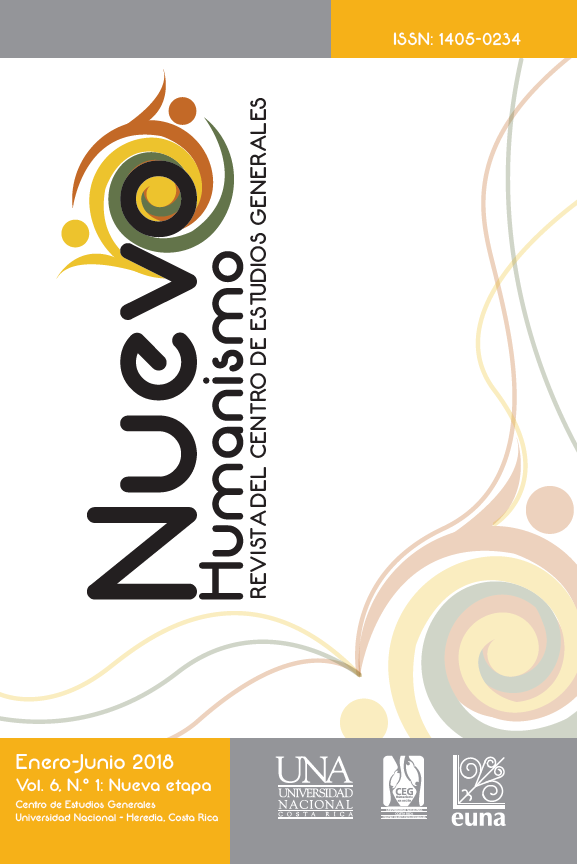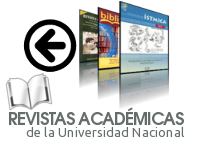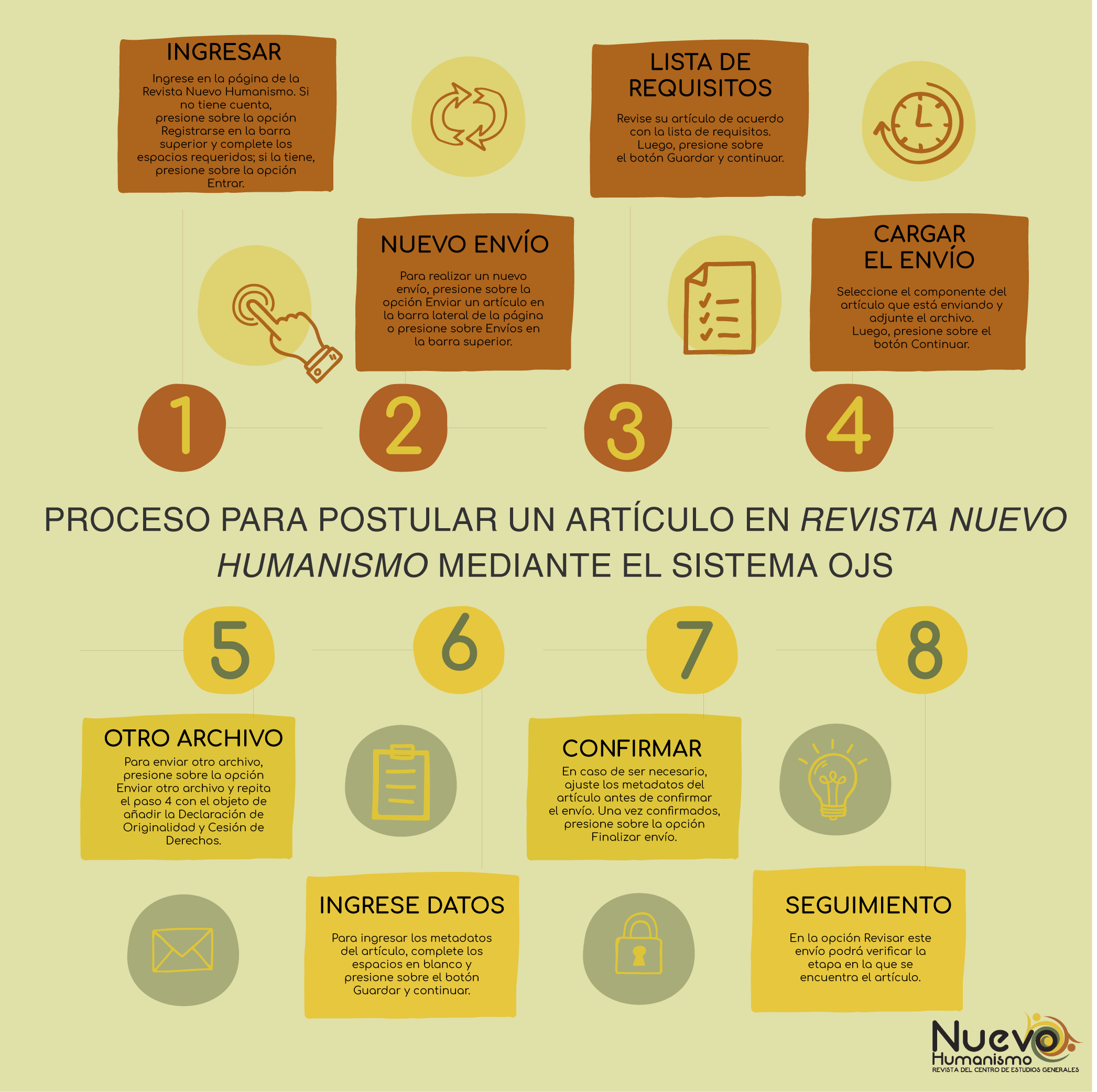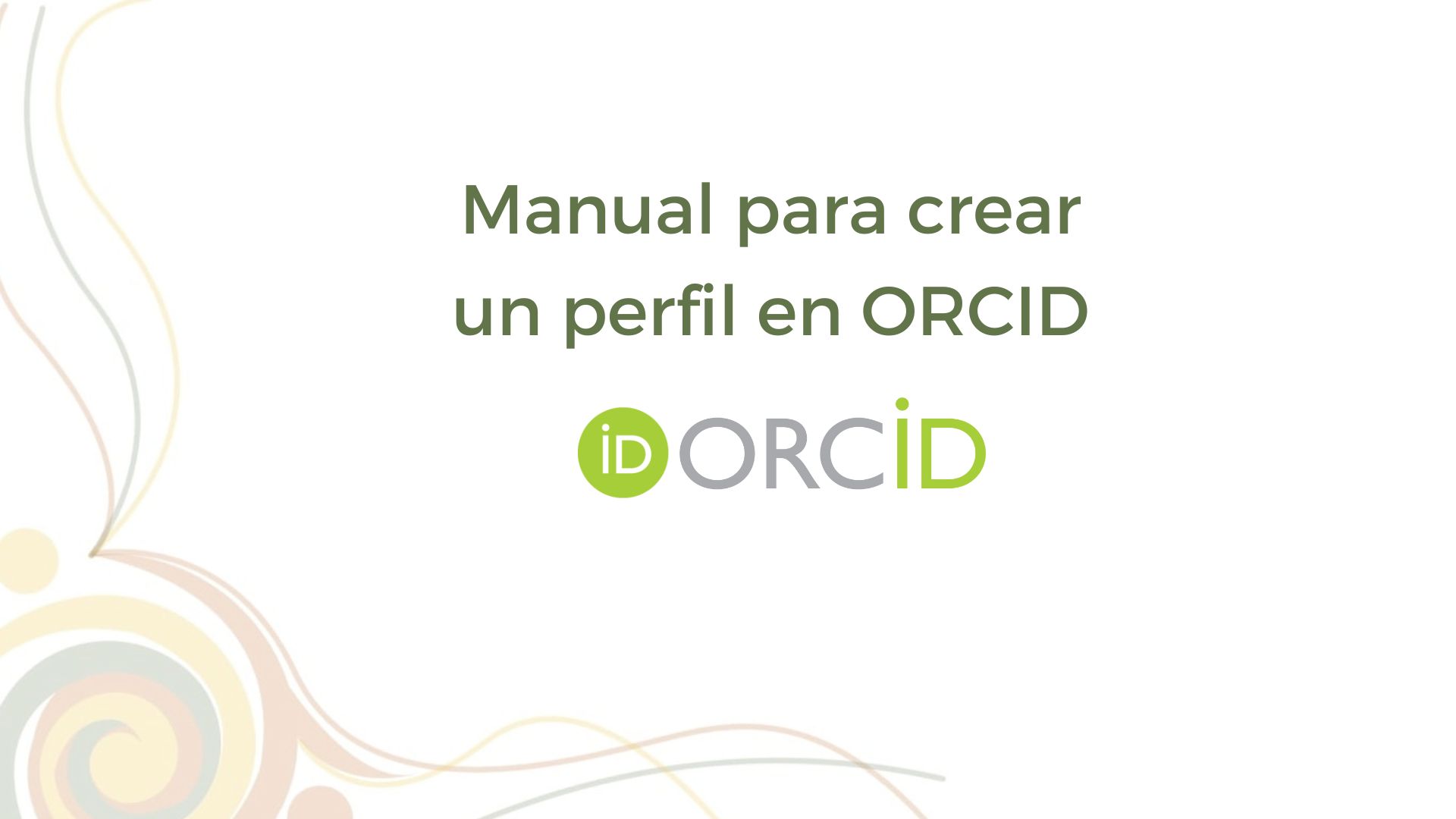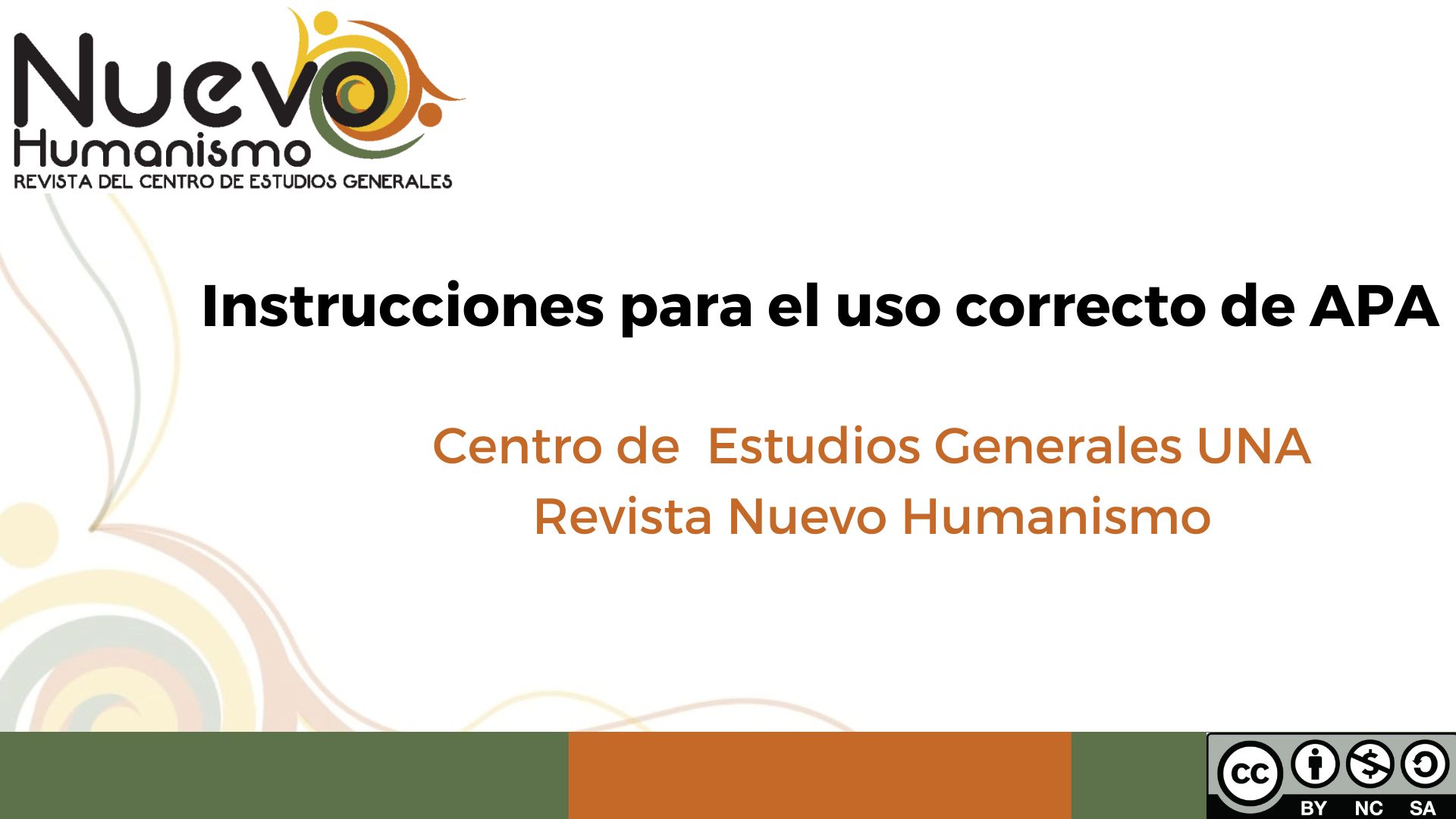The International Artistic-Humanist Meetings: A Space of Exchange and Expression for the Art of the Latin American Movement from the Center for General Studies
DOI:
https://doi.org/10.15359/rnh.6-1.6Keywords:
culture; art; education; university extension; recreation; connection.Abstract
This article was written against the backdrop of creating a space for exchange, dialog and academic, artistic expression with various university groups working in the discipline of dance. The methodology implemented focused on the application of processes that would allow the proposed objective to be achieved. These processes consisted of techniques of participatory, group and communication nature, due to a large number of people who joined the activities. Some of these techniques were of artistic expressions, such as workshops and dissemination events. The results of these meetings led to written works and presentations, to listen and learn about working methodologies and social work that each team would do. In addition, open workshops were held, both for the communities and for the members of the different groups, with the teachers who were part of this project. The meeting also allowed the participants to create artistic shows open to all, with the aim of showing part of the practical work that is done with these populations. The opening of the International Artistic-Humanist Meetings succeeded, on the one hand, in establishing a space to promote the Latin American integration and the creation of participatory support networks through reflection, discussion and analysis; and, on the other hand, in consolidating an artistic corridor thanks to the exchange of workshops, teachers and groups, as a way of growing and making artistic work known as a whole.
References
Begoña, L. (2006). Didáctica de la expresión corporal. Talleres monográficos. Barcelona: INDE
Bolaños, G. (2009). Educación por medio del movimiento y expresión corporal. Costa Rica: EUNED,
Camus, Albert "La misión del escritor", antología de Visionarios Implacables, Buenos Aires.
Cameron, J. (1996). El camino del artista.Editorial Troquel, Buenos Aires. Recuperado de http://www.banrepcultural.org/blaavirtual/todaslasartes/tea/tea1a.htm
Centro Rediseño Curricular de la Formación Humanística. Heredia, Costa Rica 2011 Universidad Nacional.
Chaves, M. (2004). Educación sensorial a través del arte: educación, percepción e inteligencia a través del arte para jóvenes con Síndrome de Down. México: Editorial Distribuidor Conaculta.
Humphrey, D. El arte de componer danzas. Cuba: Edición Revolucionaria.
Jiménez, C. (2011). La importancia de la educación artística en la formación Integral del alumno. Tesina para obtener el grado en Educación. Universidad del Carmen. Campeche, México.
Winner, E., Goldstein, T., y S. Lancrin, V. (2014), ¿El arte por el arte?: La influencia de la educación artística, Instituto Politécnico Nacional, México, https://doi.org/10.1787/9789264224902-es.

